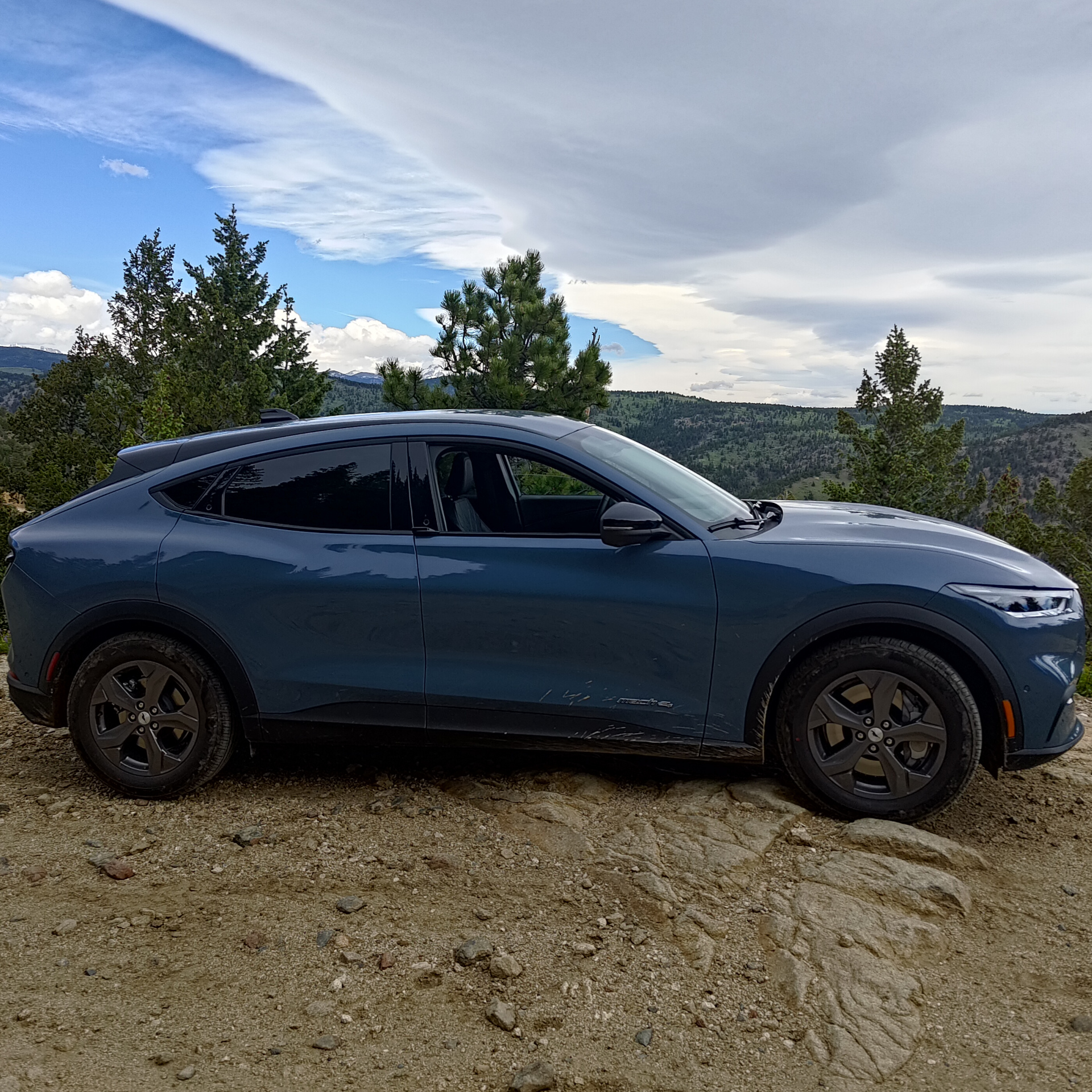Regenerative braking has more influence on battery charge in stop-and-go traffic than it does on thw highway
You beat me to it, regenerative braking is strong in modern EVs. In several of them you can one-foot drive them, meaning take your foot off the throttle pedal, and the generator(s) will start harvesting hard enough to slow the car to a stop, charging the batteries the whole time. You only need the brake to emergency stop. And if you do choose to brake, you are just harvesting even more energy.
As well, EV’s lose very little of their energy to heat or other losses between the battery and wheels unlike ICE vehicles. The result is drag plays a more significant percentage of where the energy is “going”, so the impact of higher speeds on range is greater then it is for ICE vehicles.
Next you tell us that they have more mileage in moderate temperatures rather than in the winter or the summer…
The reason this is interesting is because it’s the reverse of gas cars. Typically the best efficiency of a gas vehicle is on the highway but for EVs you get much more efficiency in local streets
Well that’s only true if you don’t drive fast. When you go above 120 km/h you will see that the fuel consumption increases noticeably
Something about intermittent power draw vs. constant draw.
I have the same effect on my electric dirtbike. I get a lot more mileage off-road up and down hills at 15-40km/h than I do on flat road at 70 km/h.
This is something everybody with an ev already knows. Drag is a big factor at high speeds. But under 40mph (65kph) it’s pretty negligible. If you did a constant 30mph you could probably triple your estimated range.
With an ICE vehicle, you’re wasting a lot of energy at low speeds being inefficient. But with an electric motor, you’re always using exactly as much energy as needed to move.
I’m guessing this is mostly because ICE vehicles waste more energy in town (due to braking loss, and engine inefficiency), than a problem with BEVs.
BEVs claw back the losses in town, meaning that only the simplest inefficiencies are left (v=ir2/2 with the wind and tyre resistance, and maybe a little bit of hot components reducing efficiency).
Those same highway inefficiencies are masked in ICE vehicles, as the efficiency is much lower during urban driving to begin with.






